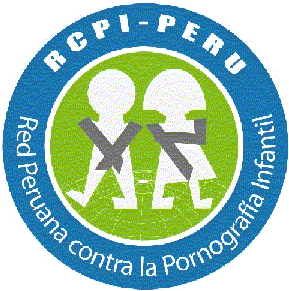All about sexual abuse of children
- Unusual or excessive itching or pain in the genital or anal area
- Torn, stained of bloody underclothes
- Unexplained burns, fractures or dislocations and bruises, swelling, lacerations, redness or bleeding in the genital, vaginal or anal area
- Blood in urine or stools
- Sexual transmitted diseases
- Multiple fractures at different stages of healing
- Bald patches or bruises on the head
- Bruising around the mouth
- Malnutrition and eating disorders
- Difficulty in walking or sitting
Possible behavioural indicators of child abuse include:
- Age inappropriate play with toys, eg. replication of explicit sexual acts and age inappropriate sexually explicit drawings
- Sophisticated or unusual sexual knowledge
- Refusal to go home or to the home of a relative or friend for no apparent reason
- Bed wetting; withdrawl from peer group activities; deterioration of school work
- Drastic changes in the character of the child eg. used to be even tempered and suddenly extremely aggressive
Please note:
These indicators do not necessarily prove that a child has been abused. They are merely clues to alert us. If these signs are observed, the child must be questioned in a calm and peaceful atmosphere and manner. The person asking the questions must be calm, rational and be prepared to get possible horrifying answers. Always stay calm and do not show signs of disgust, shock or extreme emotions as this might adversely affect the child’s behaviour. The child victim needs protection, understanding, assurance and support. The child should be encouraged to discuss his or her experience.
Examples of crimes committed against children under the age of 18 are:
- Rape
- Incest
- Indecent assault
- Murder
- Neglect
- Common assault and assault with the physical intention to do grievous bodily harm
- Abduction, kidnapping and removal
- Crimes regarding the abuse or exploitation of children, under the Preventionof Family Violence Act, Domestic Violence Act, Sexual Offences Act, ChildCare Act and the Films and Publication Act.
Procedure that will be followed in Perú if a case of child abuse is reported:
- The peruvian National Police, in particular the DIVINDAT (Investigation division of high technology crimes), and the Public Ministry are responsible for the investigation of these crimes.
- Once any of these crimes are reported to the DIVINDAT or the Public Ministry, the investigation will, depending on the nature of the specific crime, follow a certain pattern.
- The investigation will usually start with the taking of a statement from the person accompanying the child.
- The next step will be to interview the child. This will be done by a police member specifically trained for this purpose and can be done at the home of the child or at any other place that will be comfortable for the child. During the investigation, which will follow, circumstantial evidence and other evidence such as fingerprints will be gathered at the crime scene. Statements from possible witnesses will also be taken.
- If the child was a victim of a sexual offence, a medical examination should be conducted. This is also the case when the child was physically assaulted and signs of any injuries can be observed. In this case, the external injuries will also be photographed.
- The police will then send the completed docket with all the information to the prosecutor. The prosecutor presents the case to court as the lawyer for the victim. The prosecutor will consult the child complainant before the case is heard and refer the child for counseling and therapy.
- When cases of crime against children are reported to the DIVINDAT or the Public Ministry, the reporter must request a case number, the charges that were laid and the name, rank and telephone number of the investigating officer. It is also your right to get feedback on the progress of the investigation.
- Depending on the circumstances of the case, the investigating officer can suggest to the prosecutor that bail be denied to the accused. However, the final decision will be made by the presiding officer in court. If bail is granted, specific conditions can be set. These can include that the perpetrator is not allowed to make contact with the victim. If the conditions are not complied with, the investigating officer must be notified immediately.
- Facilities are available for the child to testify by means of closed circuit television when necessary.
- Prosecutors encourage children to speak out against abuse. It is safe for children to do so.
- In 83,5% of all crimes against children reported to the Public Ministry the perpetrators are known to the child. These criminals are thus not always unknown strangers lurking in the dark but may even be parents, friends, neighbours or other family members.
- The crimes are usually committed over weekends and during school holidays when children are usually alone at home. The perpetrators usually make contact with the victims in either the victim, or the perpetrator’s home. In the majority of cases the crime is even committed at the child’s home.














































0 Comments:
Post a Comment
Subscribe to Post Comments [Atom]
<< Home